|
Other Archaeological Sites / The Neolithic of the Levant (500 Page Book Online) Ancient Petra Updated March 24th 2019
Ancient Petra lies in the southeastern desert of modern Jordan. The city was cut into the rocks, many of them with intricate structures and columns. The approach to the city is through a ravine that sometimes is less than 4 metres wide. The name Petra comes from Greek and can be translated as City of Rock. The Petra Basin -- in which the ancient city site rests -- was occupied from Neolithic times but gained its first prominence as a stronghold and probable capital city of the biblical Edomites ...
Next to enter the area are the Nabatu -- very possibly the descendants of Nebayoth; the eldest son of Ishmael. Situated along the western edge of the Arabian Peninsula the Nabatu may have represented a confederacy of nomadic or seminomadic tribes. They eventually wandered northward to take refuge at Petra. Some combination of pressure from the incoming Nabatu and the weakened condition of southern Judah caused a western Edomite migration. Although the chronology is not yet clear it appears that some Edomites remained behind in the Edom area while others moved westward to settle in southern Judah and became known as the Idumaeans of the Bible. Eventually the merging of the sedentary Edomites who still shared the area with the wandering Nabatu led to the formation of the Nabateans of history ... Thus the city is a former capital of the Nabateans when the Arab people dominated this region [and] before the conquest by the Romans ...
Sela or Petra --- "The Strong City" : The Ruined Capital of Edom by Reverend A. Forder
|


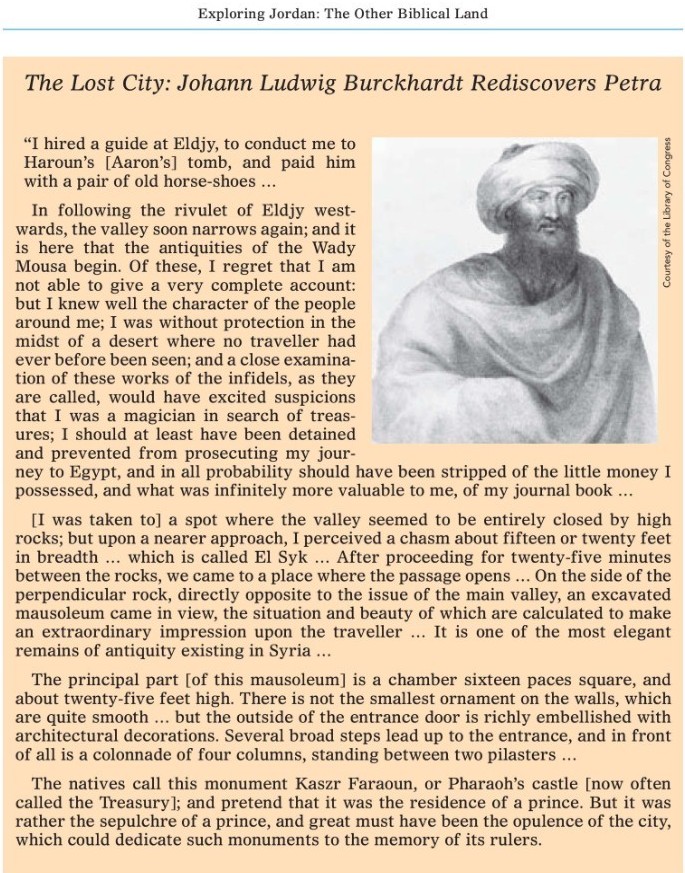
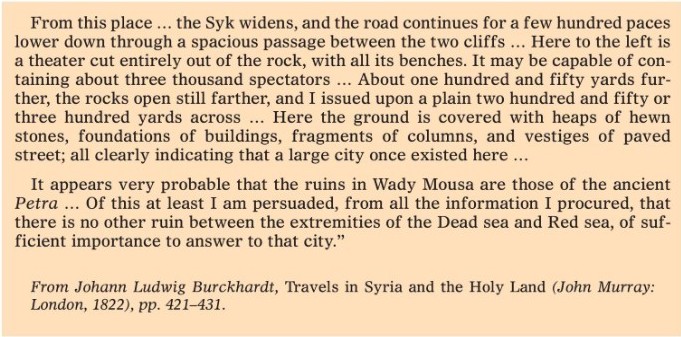





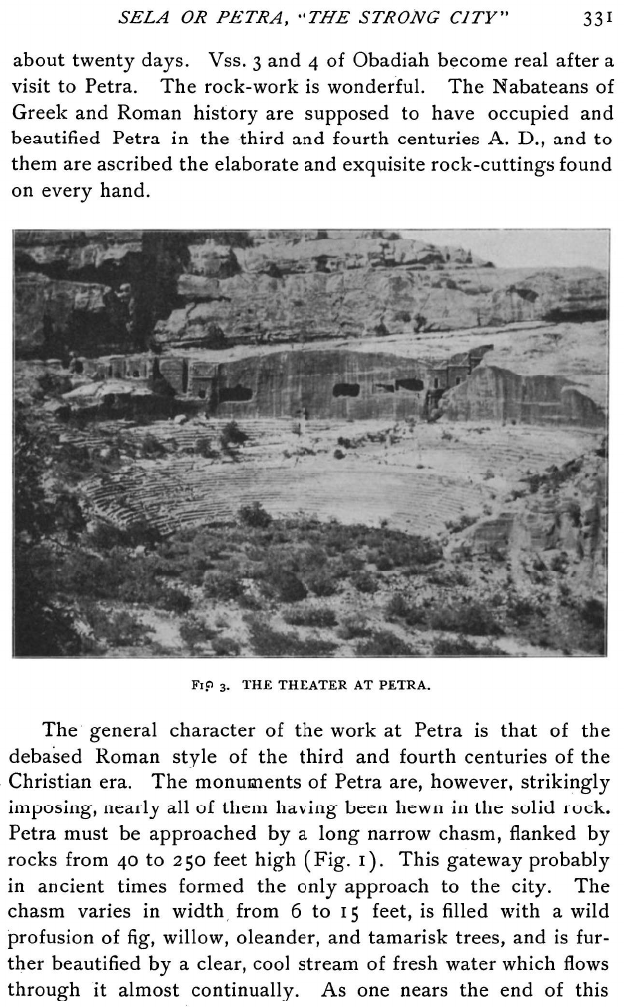


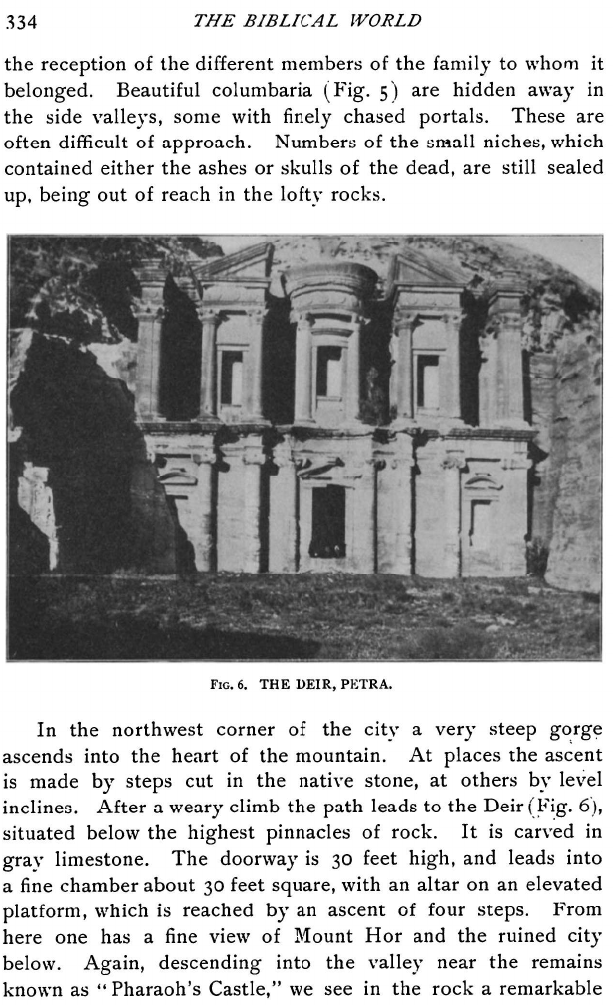
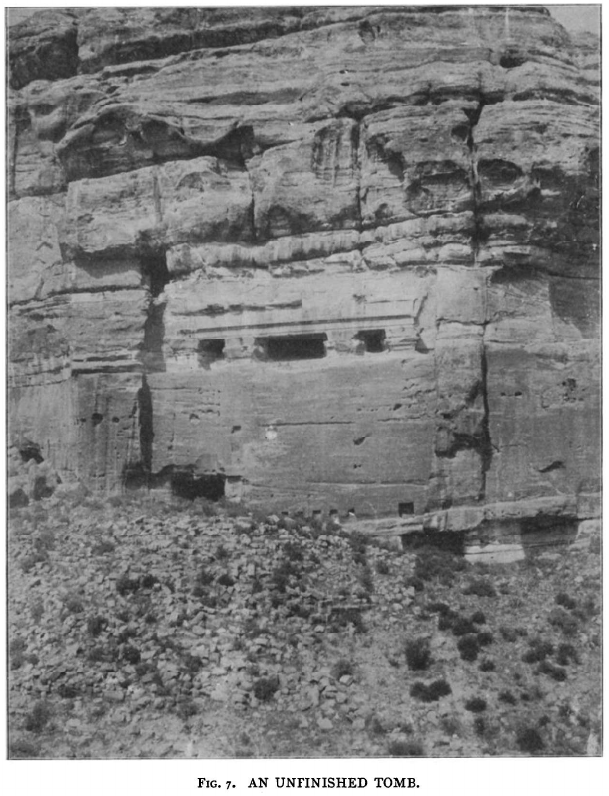
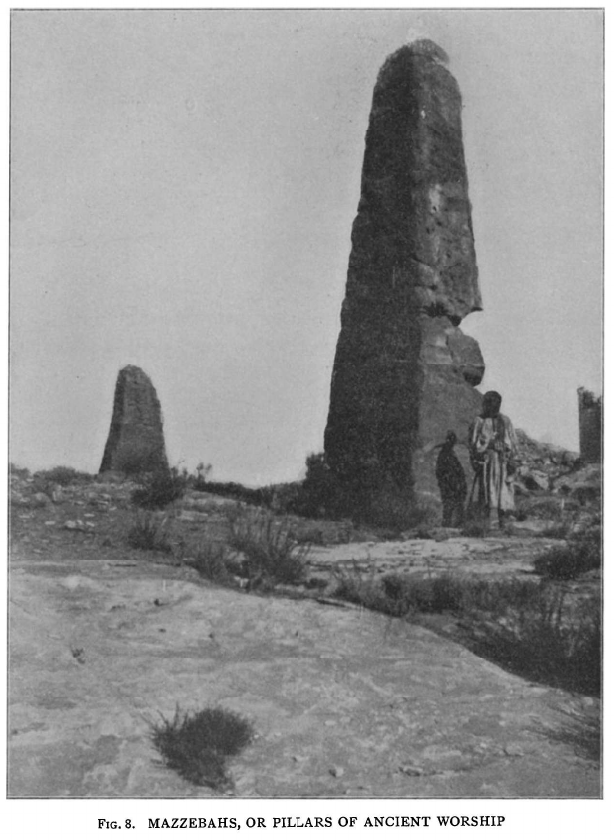
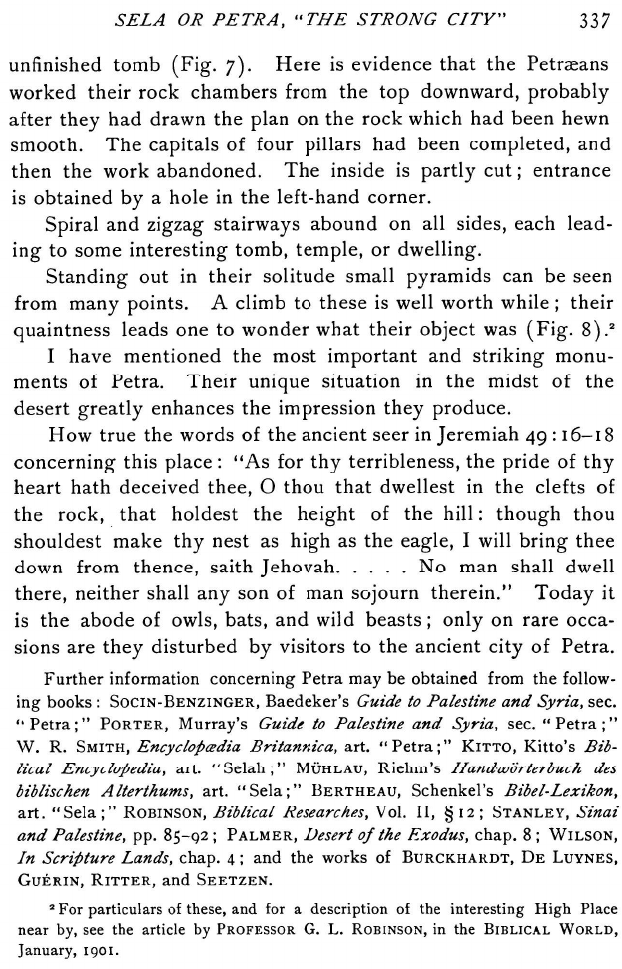

![ONLINE BOOK: The Khazneh at Petra (Palestine Exploration Fund in 1911) [University of Chicago]](http://www.lib.uchicago.edu/e/ets/eos/images/EOS.gif)